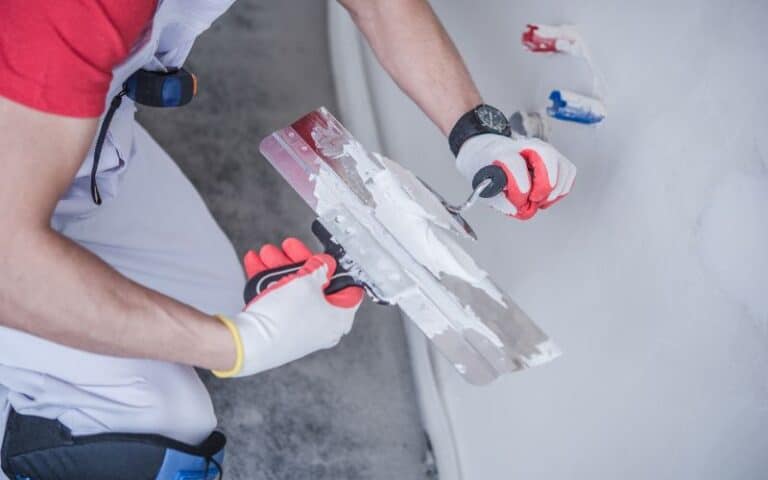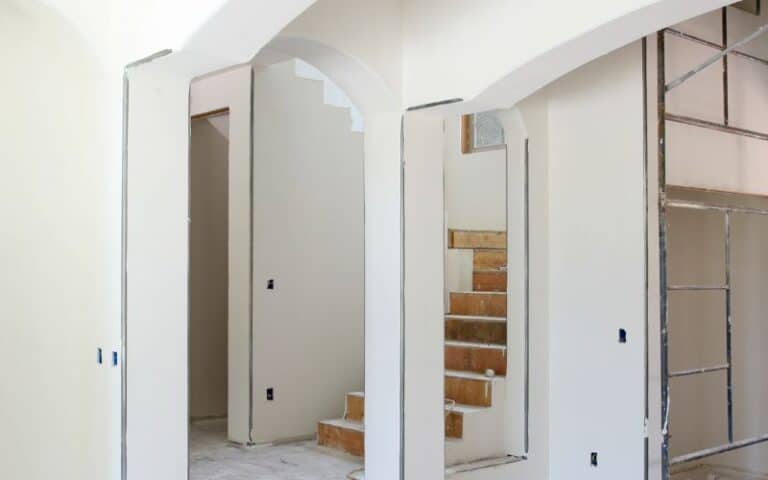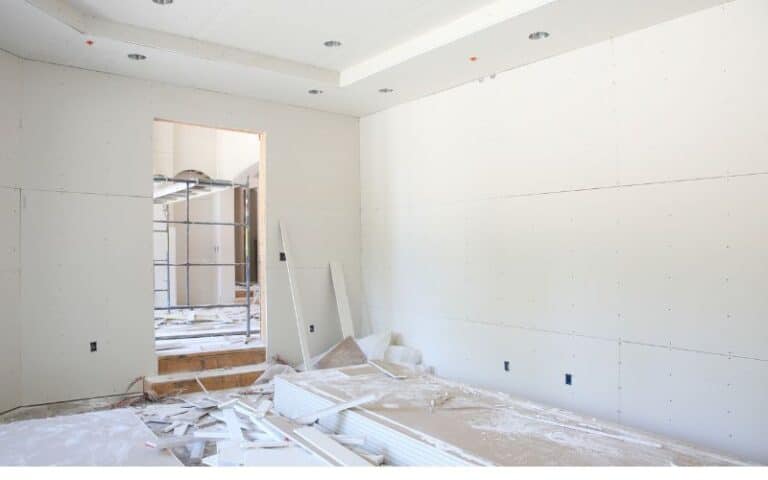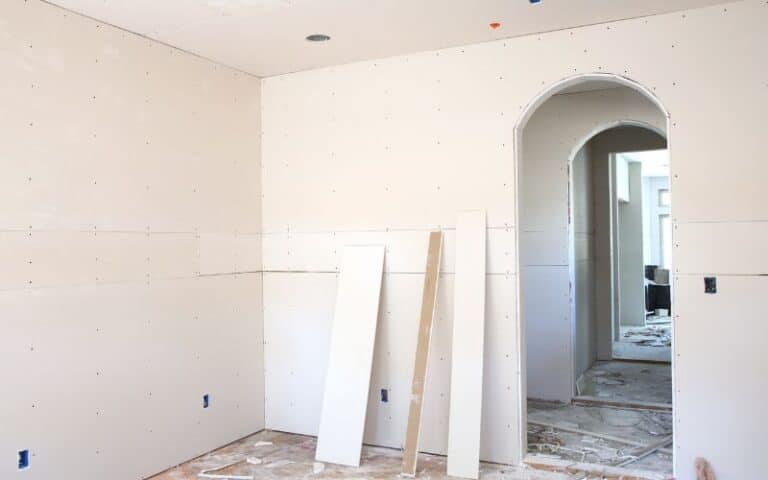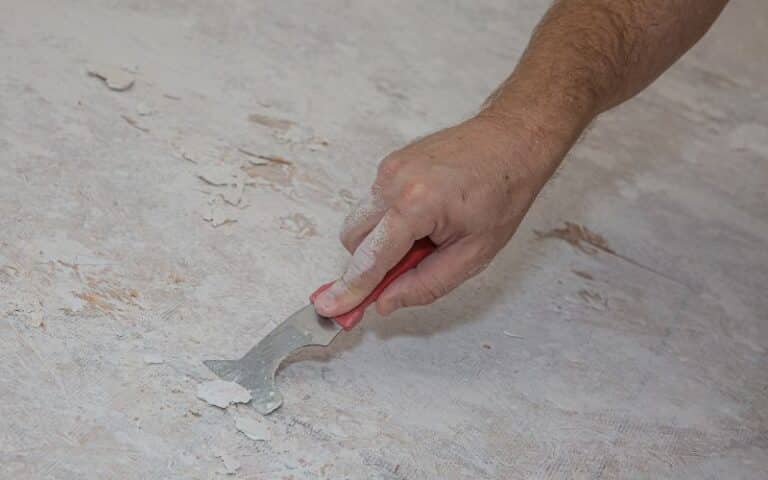Drywall has become a standard component of most modern homes, but its installation requires specific procedures like most interior constructions.
So, failure to abide by the necessary measures will have consequences that spell doom.
Due to this, homeowners often desire to know whether priming drywall before painting is a compulsory action.
Lucky you! You’ll find out soon enough.
Priming your wall before painting is compulsory. It is the first painting stage and is necessary for a good finish. When you prime your wall with a base coat, it aids the top skin in bonding properly for a smooth feel, flawless look, and even coloring. Priming also seals the porous surface, covers imperfections, and prevents future paint damage.
In this article, you’ll learn why it’s compulsory for you to prime drywall before painting and also what happens when you don’t.
You’ll also discover how many times you’ll need to prime, the duration to wait before painting, and whether or not white paint counts as a primer.
Ready for a Drywall Quiz?
Must I Prime Drywall Before Painting?
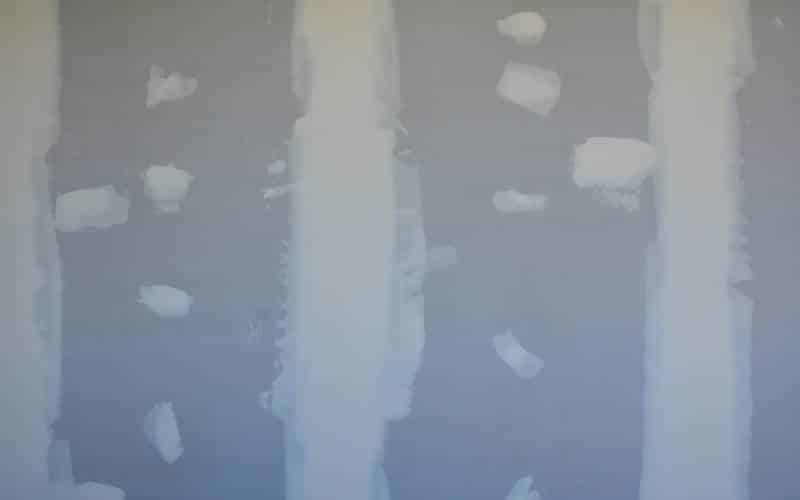
You must prime drywall before painting it if you want a sleek finish with a classy interior. Consider it as the way to prepare the wallboard for painting.
The significant drywall primer component is polyvinyl acetate, which performs a vital function.
It acts as a sealant and closes the pores of the wallboard to reduce the rate of absorbency and prevent uneven paint coverage.
So thanks to priming, you can have smoothly painted drywalls at home.
Also, other than its function as a sealant, the primer promotes paint adhesion to the wallboard, thereby causing the paint to stay on longer.
There’s a reason paint manufacturers are specific with their instruction of priming drywall before painting.
So many things could go wrong if you don’t prime your gypsum board before painting, so priming is a step you mustn’t skip.
I’m sure you wouldn’t like your wall looking botched after painting. But, if yes, the only way to get a consistent finish for your drywall is first to apply primer.
Hence, priming is compulsory for a perfect color coat. Luckily, it’s easy to do yourself; click the video to learn how.
What Happens if You Don’t Prime Drywall Before Painting?
It’s tempting to begin painting your drywall right away after installation.
But, it would help if you did not indulge in direct painting as it could have disastrous effects that will cause you to spend more money.
You may wonder what the disastrous effects of painting your drywall directly are. Well, here they are.
#1. Peeling of Paint
It’s common knowledge that drywall is highly susceptible to moisture and water damage. But the truth is that these are hardly avoidable, especially in rooms with high humidity.
Additionally, if you live in a cold region, the moisture content in the air is naturally higher.
So, in these situations, the paint will begin to peel when you paint your drywall without priming.
This is because the primer acts as an adhesive to bind the paint to the surface.
So, in its absence, when wetness causes the drywall to crumble, wrinkle, sag, or develop ridges, the paint in the affected area will peel off.
#2. Uneven Coloring
Drywall is ordinarily porous, and due to this, it has a quality of absorbency. So, when you apply paint directly to drywall, the substrate will absorb all the paint, especially with seams.
As a result, you will need to apply extra layers of paint to even it out. But even at this, you’ll end up with an appalling result of uneven coverage.
Two things are apparent here. First, you will spend time applying extra paint that will barely last, and second, you will waste money trying to recoat your drywall.
#3. Color Bleeding
If you’ve ever tried to apply light-colored paint on a dark surface, you can testify that the result is immensely frustrating as the dark hue will bleed through.
Now, the same is the case with drywall. Again, if you apply primer before painting, the natural color of the drywall will help your paint retain its actual hue.
Supposing the drywall is white or grey, you’ll have a pinkish color if you apply red paint directly.
And if you try applying yellow paint to a green board, you’re going to get orange when it bleeds through,
So, priming is essential to get the actual color of your paint to show.
Below is a table containing the pros and cons of not priming your drywall before painting.
| Pros | Cons |
|---|---|
| A smooth and aesthetically pleasing surface. | A surface with numerous flaws. |
| Priming will make your colors pop and provide even coverage. | Color bleed and improper coverage. |
| Primer increases the adhesiveness of paint, making it more durable. | Without priming, your paint will peel easily. |
| It saves time and money spent on repainting frequently. | If you skip priming, you’ll end up wasting resources. |
| Priming is highly effective in reducing the drywall’s porosity. | The visibility of mudded seams and numerous flaws leaves you with a poor job. |
So, as you can see, skipping the primer application to your drywall offers no gains.
Can You Use White Paint as Primer on Drywall?
Yes, you can use white latex instead of primer on drywall. But quite frankly, it won’t hold up as well as a primer, nor provide a perfect result.
Most people opt for flat latex paint because it is considerably inexpensive. Some manufacturers also list latex paint as a type of primer.
But despite their recommendations, it’s impossible to compare latex paint’s effects to primer’s as the former is not a sealant.
However, if you choose to use white latex paint, you must ensure that the finish of your drywall is top-notch and almost flawless.
You should also note that you’ll need plenty of white latex paint to actualize the task because latex paint doesn’t prevent color bleed as well as a primer.
However, never use white ceiling paint instead of a primer. Ceiling paint is a finishing material; the drywall will soak it all up, leaving you with a lousy job.
And I must say, remedying the mess is challenging.
How Long After Priming Drywall Can I Paint?
It’s necessary to wait for primer to dry properly after applying it to drywall before you paint on it.
If you apply paint to the primer before it is scorched, the adhesion will fail, leading to peeling paint, bubbles, color streaks, uneven coverage, etc.
In plain terms, you will mess up the job, and the primer will go to waste. So, to avoid this, you must know the right time to apply paint after priming your drywall.
The perfect condition for priming your wallboard is 77⁰F and 50% relative humidity.
However, most primers are fast-drying and will feel perfectly dry to the touch within 30 minutes or an hour after painting. However, please do not fall for this as it is not yet properly dry.
It would be best to wait 3-4 hours after applying primer to your drywall before painting.
But if you’re in a highly humid and temperate region, it would be best to wait a whole day to ensure it dries completely.
Only when the primer is fully dry can you paint your drywall.
How Many Times do You Prime Drywall?
The number of times you need to prime drywall depends on the quality of the primer.
Some primers are so effective that a single coat is enough to give even coverage and a uniform appearance.
The number of coatings necessary also depends on the color of the drywall. For example, a single coat will not cover a green board because the color may be bleeding.
And as you know, a bleed-through of color will tamper with the overall paint finish. Thus, applying a second or even third coat of primer to prevent damage would be wise.
There is no standard rule on the amount of primer coating necessary for drywall, so you have the final say.
As you apply the primer, gauge the extent of coverage, and when it is nice and smooth, you can stop coating. But try not to use too many layers of coating, as this will create a bulgy look.
FAQs
Are There Any Alternatives to Priming Drywall?
Yes, there are other options you can consider in place of priming. They include using latex paint, hiding paint, or skim coating. But these methods are less effective than priming.
Are Primers Expensive to Purchase?
No, primers are affordable. A gallon of good drywall primer costs between $15 to $20, and you can quickly get one on Amazon.

